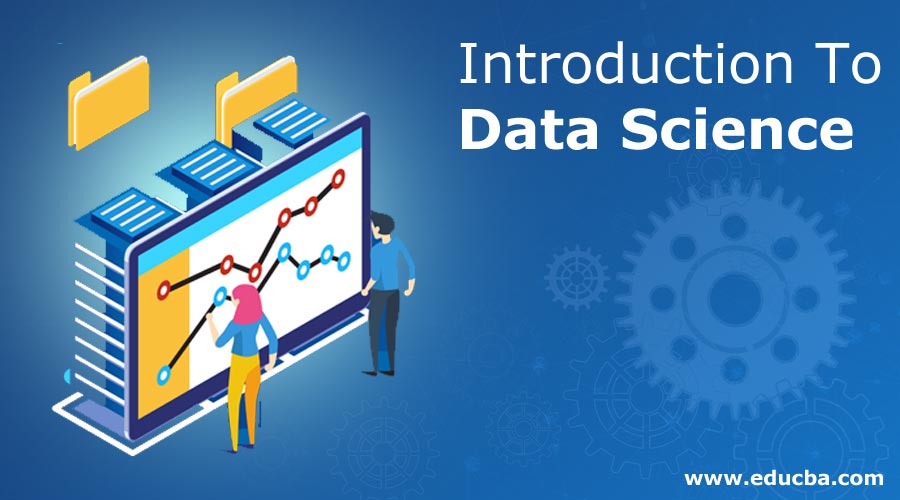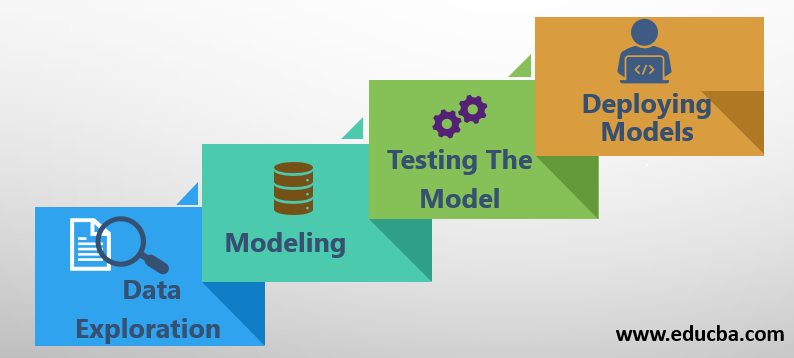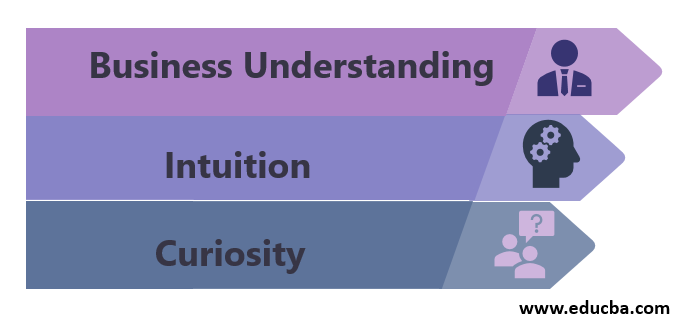Updated March 24, 2023
Introduction To Data Science
The following article provides an outline for Introduction To Data Science. Data Science is one of the fastest-growing, challenging, and high-paying jobs of this decade. So, the question is, what is data science? Data science is an interdisciplinary field (it consists of more than one branch of study) that uses statistics, computer science, and machine learning algorithms to gain insights from structured and unstructured data. According to Economic Times, India has seen a more than 400 per cent rise in demand for data science professionals across varied industry sectors at a time when the supply of such talent witness slow growth.
Main Components of Data Science
The main components or processes are as follows:
1. Data Exploration
It is the most important step, as this step consumes the most amount of time. Around 70 per cent of the time is spent on data exploration. The main ingredient for data science is data, so when we get data, it is seldom that data is in a correct structured form. There is a lot of noise present in the data. The noise here means a lot of unwanted data that is not required. So what do we do in this step?
This step involves sampling and transformation of data in which we check the observations (rows) and features (columns) and remove the noise by using statistical methods. This step is also used to check the relationship among various features(columns) in the data set; by the relationship, we mean whether the features(columns) are dependent on each other or independent of each other, whether there are missing values data or not. So basically, the data is transformed and readied for further use. Hence this is one of the most time-consuming steps.
2. Modeling
So, by now, our data is prepared and ready to go. This is the second step, where we actually use Machine Learning algorithms. Here we actually fit the data into the model. The selection of a model depends on the type of data we have and the business requirement. For example, the model selection for recommending an article to a customer will be different than the model required for predicting the number of articles that will be sold on a particular day. Once the model is decided, we fit the data into the model.
3. Testing the Model
It is the next step and very important concerning the performance of the model. The model is tested with test data to check the model’s accuracy and other characteristics and make the required changes in the model to get the desired result. In case we do not get the desired accuracy, we can again go to step 2(modelling), select a different model, and then repeat the same step 3 and choose the model which gives the best result as per the business requirement.
4. Deploying Models
Once we get the desired result by proper testing as per the business requirements, we finalize the model, which gives us the best result as per testing results and deploys the model in the production environment.
Characteristics of Data Science
The characteristics are as follows:
1. Business Understanding
It is the most important characteristic unless you understand the business; you cannot make a good model even if you have good knowledge of machine learning algorithms or statistical skills. A data scientist needs to understand the business requirement and develop analytics according to them. So, domain knowledge of the business also becomes important or helpful.
2. Intuition
Although the math involved is proven and foundational, a data scientist needs to pick the right model with the right accuracy as all models will not give up the same results. So a data scientist needs to feel when a model is ready for production deployment. They also need the intuition to know at what point the production model is stale and needs refactoring to respond to changing business environment.
3. Curiosity
Data Science is not a new field. It has been there before also, but the progress being made in this field is very fast. New methods to solve familiar problems are being developed constantly, so, as a data scientist, curiosity to learn emerging technologies becomes very important.
Applications
Here in the introduction to data science, we have cleared about data science applications that it is huge. It’s required in every field. Here are examples of a few sectors where data science can be used or being used actively.
1. Marketing
There is a huge scope in marketing; for example, Improved Pricing strategy Companies like Uber, e-commerce companies can use data science-driven pricing, increasing their profits.
2. Healthcare
Using wearable data to prevent and monitor health problems. The data generated from the body can be used in healthcare to prevent future emergencies.
3. Banking and Finance
As we discussed the introduction to data science now, we will go ahead with applying data science uses in the banking sector for fraud detection, which can help reduce the Non-Performing Assets of banks.
4. Government Policies
The Government can use data science to prepare better policies to cater to the needs of the people and what they want using the data they can get by conducting surveys and others from other official sources.
Advantages and Disadvantages of Data Science
Below are the advantages and disadvantages mentioned:
Advantages:
- It helps us to get insights from historical data with its powerful tools.
- It helps to optimize the business, hire the right persons and generate more revenue, as using data science helps you make better future decisions for the business.
- Companies can develop and market their products better as they can better select their target customers.
- Introduction to Data Science also helps consumers search for better goods, especially in e-commerce sites based on the data-driven recommendation system.
Disadvantages:
- The disadvantages are generally when data science is used for customer profiling and infringement of customer privacy.
- Their information, such as transactions, purchases, and subscriptions, is visible to their parent companies.
- The information obtained using data science can be used against a certain group, individual, country, or community.
Recommended Articles
This has been a guide to Introduction to Data Science. Here we have discussed the introduction to data science with the main components and characteristics. You may also look at the following articles to learn more –






